Introduction:
In recent years, there has been a paradigm shift in the, Real Estate industry towards a more sustainable and environmentally conscious approach. The concept of sustainable real estate goes beyond traditional considerations of location, size, and aesthetics; it encompasses a commitment to reducing environmental impact, promoting social responsibility, and adhering to strong governance principles. This article explores the key components of sustainable real estate, the entities driving this change, and the growing importance of incorporating environmental, social, and governance (ESG) factors into real estate investment strategies.
Zero Carbon Buildings and Energy Efficiency:
At the forefront of sustainable real estate are zero carbon buildings, designed to offset their carbon emissions through energy-efficient features and renewable energy sources. These buildings prioritize reducing energy consumption and carbon footprints, often achieving net-zero energy use. The integration of energy-efficient appliances, smart technologies, and sustainable building materials contributes to the overall energy efficiency of these structures.
Investors are increasingly recognizing the potential of zero carbon buildings, not just in terms of environmental benefits but also as lucrative long-term investments. The demand for such sustainable buildings is rising, driven by both regulatory mandates and consumer preferences for eco-friendly living spaces.
Green Bonds and Climate Bonds:
Financing sustainable real estate projects has become more accessible through instruments like green bonds and climate bonds. These financial mechanisms allow investors to support environmentally friendly initiatives, including sustainable real estate developments, by providing capital for projects that adhere to specific environmental standards.
Green bonds, in particular, have gained popularity as a means of funding sustainable initiatives. Issuers use the proceeds from these bonds to finance projects with positive environmental impacts, such as constructing energy-efficient buildings, installing renewable energy systems, or implementing water conservation measures. The integration of green bonds into real estate projects aligns financial goals with environmental objectives, creating a win-win scenario for both investors and the planet.
Efficiencies in Sustainable Buildings:
Efficiency is a key theme in sustainable real estate, encompassing various aspects such as energy, water, and resource utilization. Sustainable buildings are designed to maximize operational efficiencies, using innovative technologies and design strategies to minimize waste and enhance overall performance.
Efficiency measures extend beyond the construction phase to the long-term management of buildings. Implementing smart building management systems allows for continuous monitoring and optimization of energy usage, leading to reduced operational costs and a smaller environmental footprint.
Water Conservation and Greywater Systems:
Sustainable real estate practices emphasize the conservation of water resources, recognizing the critical importance of water in the face of increasing global water scarcity. Green buildings integrate water-efficient fixtures and appliances, and some go a step further by incorporating greywater systems.
Greywater systems capture and treat water from sinks, showers, and washing machines for reuse in non-potable applications like irrigation or flushing toilets. By reducing reliance on freshwater sources, sustainable buildings contribute to water conservation efforts and promote responsible water management.
ESG and Sustainability Accounting Standards Board (SASB):
Environmental, social, and governance (ESG) considerations have become integral to the evaluation of real estate investments. Investors are increasingly prioritizing companies and projects that align with ESG principles, viewing them as more sustainable and resilient in the face of global challenges.
The Sustainability Accounting Standards Board (SASB) plays a crucial role in standardizing sustainability reporting, providing a framework for companies to disclose material ESG information. Real estate developers and operators adhering to SASB guidelines are better positioned to attract investment by transparently showcasing their commitment to sustainable practices.
Renewable Energy Sources and Zero Energy Buildings:
The integration of renewable energy sources is a cornerstone of sustainable real estate. Solar panels, wind turbines, and other renewable energy technologies are employed to generate clean energy and reduce dependence on non-renewable sources. Zero energy buildings take this concept a step further, producing as much energy as they consume.
Investing in renewable energy not only aligns with sustainability goals but also contributes to long-term cost savings. As technology advances and economies of scale are realized, the affordability and efficiency of renewable energy systems continue to improve, making them increasingly viable for real estate developers and investors.
Addressing Climate Change through Climate Bonds and PRI:
Real estate investors are recognizing their role in addressing climate change by incorporating climate bonds and the Principles for Responsible Investment (PRI) into their portfolios. Climate bonds specifically focus on funding projects that contribute to climate mitigation and adaptation efforts. By investing in these bonds, real estate stakeholders actively participate in combating climate change.
The PRI, on the other hand, provides a framework for integrating ESG considerations into investment decision-making. Real estate investors committing to PRI principles prioritize sustainability in their investment strategies, actively seeking opportunities that align with environmental, social, and governance goals.
Conclusion:
Sustainable real estate is no longer a niche concept but a mainstream imperative driven by the urgent need to address climate change and promote responsible resource management. The integration of zero carbon buildings, green bonds, efficiencies, and ESG principles into real estate practices reflects a growing awareness of the interconnectedness between environmental stewardship and long-term financial viability.
As the demand for sustainable buildings and responsible investment strategies continues to rise, the real estate industry must adapt to these changing dynamics. Investors, developers, and regulators alike play pivotal roles in shaping a future where sustainable real estate becomes the norm rather than the exception, fostering a built environment that harmonizes with the natural world while delivering positive financial returns.
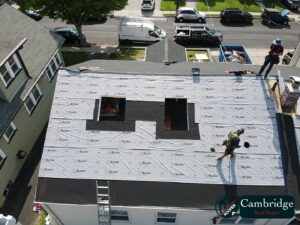








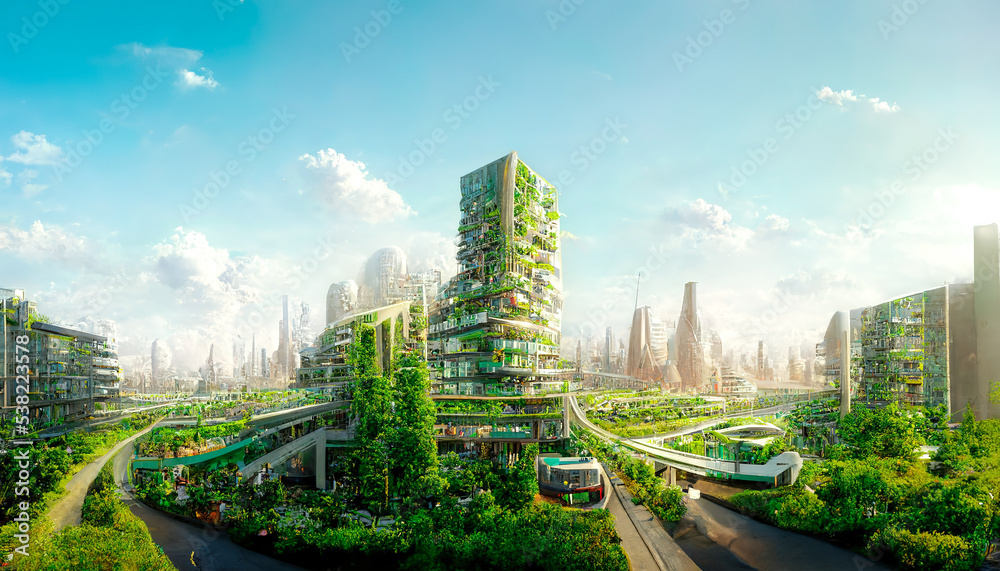
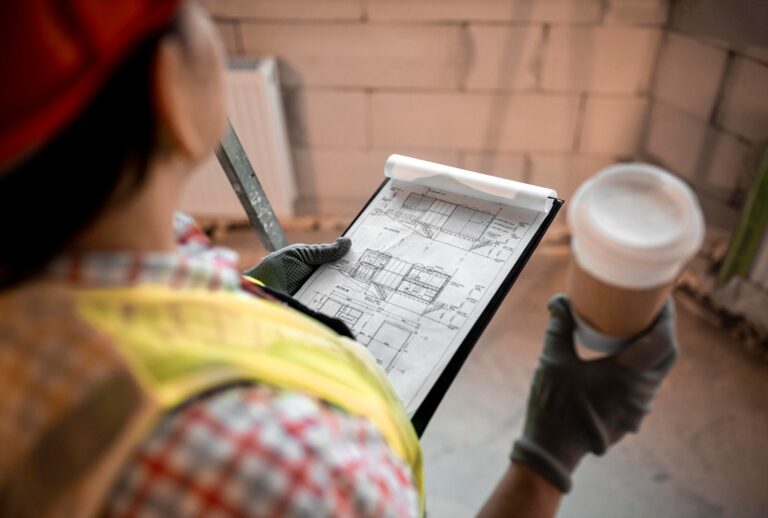
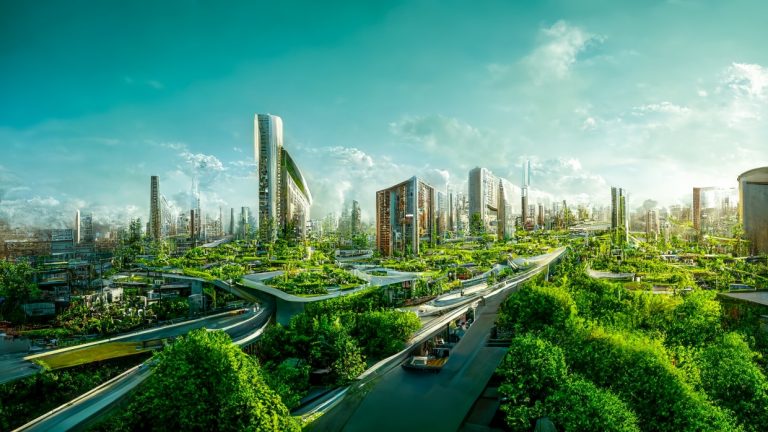
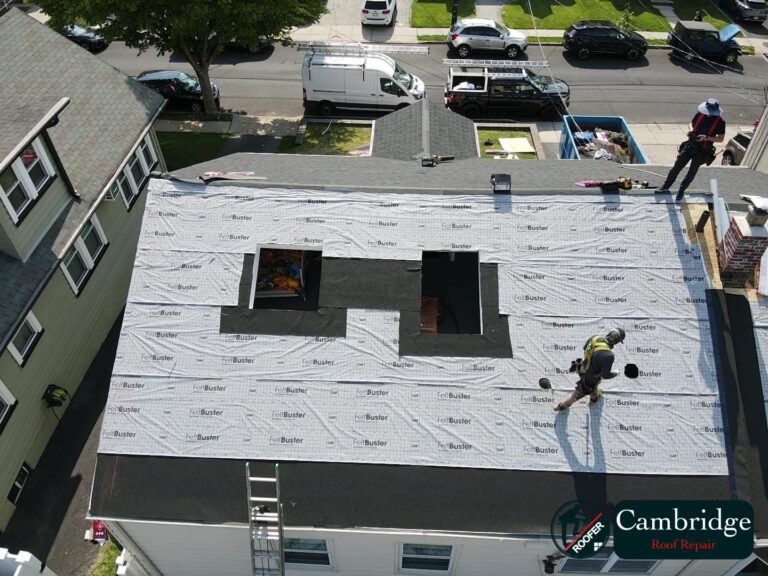


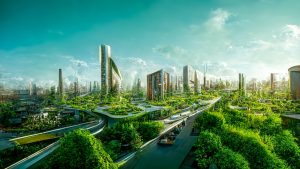





+ There are no comments
Add yours